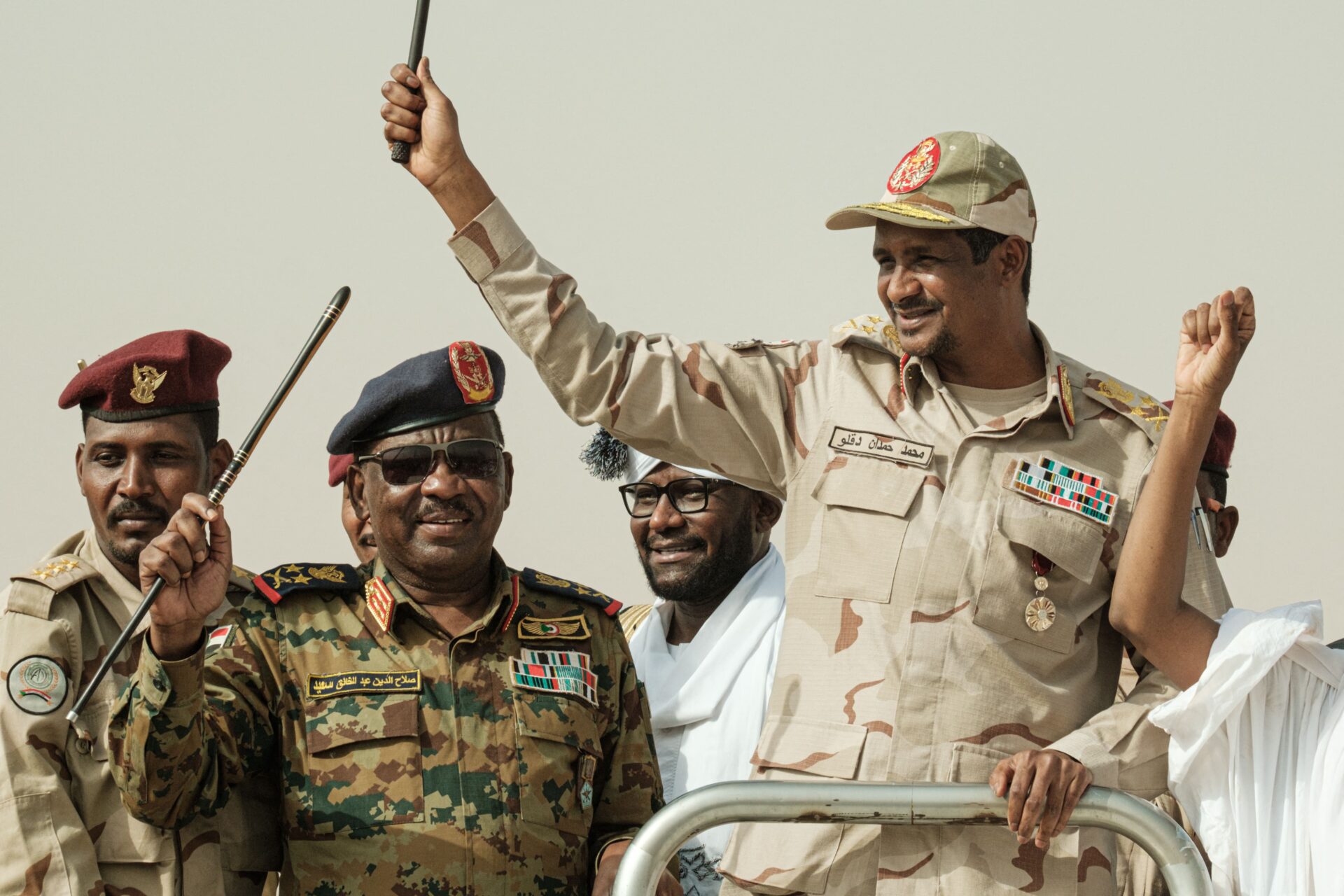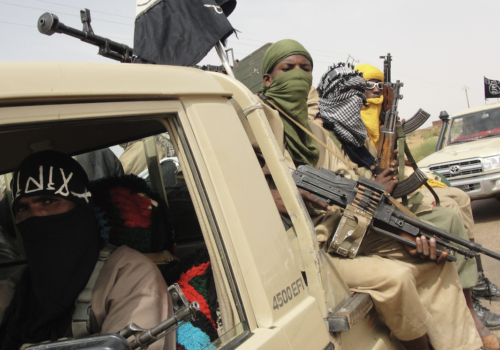In May 2025, just before sunrise, the city of Port Sudan was shaken by a series of sharp, coordinated drone strikes. The targets were clear and vital: power infrastructure, military storage sites, the airport, and fuel depots. The Rapid Support Forces (RSF), a group once known for ground-based warfare, had changed its strategy. With these attacks, the war in Sudan had entered a new phase.
A Shift in RSF Strategy: From Ground to Air
Following its retreat from Khartoum and much of central Sudan, the RSF found itself unable to hold cities or maintain control on the ground. But it also found an alternative. By using relatively low-cost drones—some of them loitering munitions, others modified commercial models—it began targeting critical infrastructure deep inside areas controlled by the Sudanese Armed Forces (SAF). This shift allowed the RSF to remain active and relevant, despite territorial losses.
The choice of Port Sudan as a target was particularly telling. As a government hub and symbolic SAF stronghold on the Red Sea, it was seen as safe. The RSF sought to prove otherwise. The goal was not just to damage equipment or resources—it was to send a message: no place in Sudan is secure.
Psychological Warfare and Perception Management
This new approach isn’t just tactical. It’s also psychological. RSF drone strikes—precise, sudden, and unpredictable—generate a sense of vulnerability among civilians and soldiers alike. They challenge the SAF’s narrative of control and stretch its defensive resources thin.
Behind this transformation lies external influence. Open-source intelligence has linked the RSF to commercial Chinese UAVs. Allegations of support from the United Arab Emirates continue to surface, despite official denials. These relationships, even if indirect, have enabled RSF to acquire technology, training, and logistical support. The result is a form of proxy warfare, where regional powers use drones to influence the battlefield without direct involvement.
Reclaiming Initiative through Defense Reform and Narrative Control
Meanwhile, the SAF has struggled to adapt. Built around traditional land warfare, its capabilities against small, low-flying drones remain limited. The military lacks sufficient mobile air defense systems, layered radar coverage, and dedicated electronic warfare units. As RSF drone attacks expand, SAF finds itself forced to protect airports, energy stations, and supply depots spread across a vast and fragile geography. This defensive overstretch risks eroding its strategic focus in the west and south.
If SAF is to regain the initiative, it must evolve. This means more than just acquiring anti-drone systems. It needs to reorganize logistics into smaller, decentralized units that are harder to target. It must build specialized air defense teams capable of responding rapidly to drone incursions. Investment in electronic warfare—such as GPS jamming, signal interception, and spoofing—will be essential to counter more advanced drone models. Just as importantly, the SAF should develop a civil-military emergency coordination system to quickly restore damaged infrastructure and reassure the population after strikes.
Strategically, SAF also needs to shift the narrative. RSF’s drone strategy depends on fear and unpredictability. A robust and visible civilian protection plan, combined with transparent communication after each attack, could begin to undercut the psychological effects that these operations are designed to produce.
The Cost of Altitude: Strategic Risk and Civilian Impact
Looking forward, the increased reliance on drones suggests that Sudan’s war is becoming less about who holds ground and more about who can disrupt, destabilize, and discredit. In this environment, perception becomes as valuable as position. The RSF has learned to use limited assets to create strategic noise. The question is whether the SAF can adapt quickly enough—not only to defend, but to contain and reverse the consequences of this new phase.
In the absence of a political resolution, the risk is that the drone war will spread geographically and deepen socially. As key infrastructure is repeatedly hit, civilian suffering will intensify. Humanitarian operations may be delayed or blocked entirely. And if neighboring states feel directly threatened—as drone range increases—the conflict could escalate regionally.
The skies above Sudan are now contested territory. In this new war, altitude has replaced ground as the measure of control. For Sudan’s future to stabilize, the battle in the air must be met with clear strategy, modern tools, and urgent institutional reform. Without them, what is already a fragmented war risks becoming a fully fractured state.





